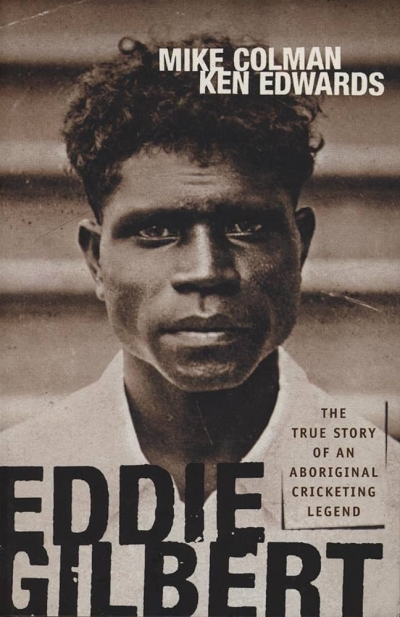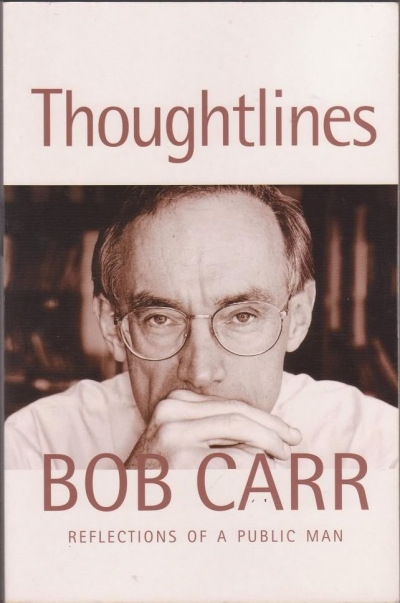Archive
Primo Levi, in two interviews given almost twenty years ago*, set a standard of critical sympathy that is not only exemplary, but peculiarly apt to the fraught debate about the post-September 11 world and the USA’s place and reputation within it.
... (read more)Eddie Gilbert by Mike Colman and Ken Edwards & Mark Waugh by James Knight
See How It Runs: Nimrod and the New Wave by Julian Meyrick
ABR welcomes concise and pertinent letters. Correspondents should note that letters may be edited. They must reach us by the middle of the current month. Emailed letters must include a telephone number for verification.
Inga Clendinnen responds to John Hirst
Dear Editor,
I want to respond to John Hirst’s rather avuncular dismissal of Rosemary Neill’s White Out (ABR, August 2002). John is an old friend, and I have often relied on his goodwill and good sense, but I disagreed with just about every sentence of his evaluation of O’Neill’s excellent book. In fact, I think his review exemplifies the kind of predetermined politicised response that Neill and other engaged analysts of the Aboriginal condition are up against. Some Aborigines and whites have been ‘speaking the truth’ about the devastating disintegration of some Aboriginal communities for years. What is ‘new’ is that more of us are beginning to turn from our absorbing in-house squabbles to listen to what they are saying. We are being made to hear that the earnest diagnoses and recommendations we have been making over the last three decades appear to be mistaken. It is not only that Aborigines are dying earlier. Now they are suffering more before they die.
... (read more)Franca by Franca Arena & Speaking for Myself Again by Cheryl Kernot
What’s Wrong with Addiction? by Helen Keane & Modernising Australia’s Drug Policy by Alex Wodak and Timothy Moore
ABR welcomes concise and pertinent letters. Correspondents should note that letters may be edited. They must reach us by the middle of the current month. Emailed letters must include a telephone number for verification.
... (read more)I
Dad’s new car was that Ford Customline
wide as a bed and hissing with energy.
We’ll drive carefully, we promised
and took turns to burn up the bitumen
right the way to Helidon.
It never hissed after that. It sighed.
Sometimes guilt takes fifty years
before the blister breaks.
The Ford was traded in after only four years.
Dad’s silence was the rub.
... (read more)




